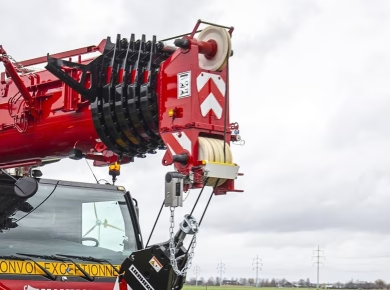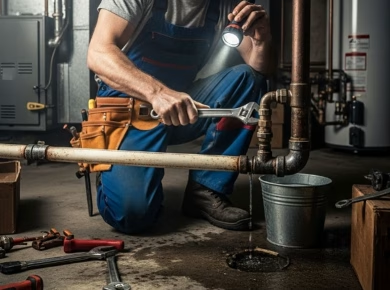Card readers and electric strikes are commonly used on doors that provide entry to high-security places. However, it is paradoxical that doors with cylindrical locks and electric strikes are usually easier to force open than doors with traditional manual locks. Here’s how you can ensure the latch is properly placed on your electric strike to prevent theft or tampering on your property.
How do electric strikes work?
The traditional strike—a metal plate with a hole in the door frame—is replaced with an electrified strike in an electric strike lock. One side of the latter is removed and replaced with a hinged piece of metal. When the metal component is triggered, it swings open like a saloon door and releases the latch, unlocking the door and permitting entrance.
Electric strikes are usually designed to be secured from the outside at all times. This sort of lock allows the door to lock once it has been closed automatically. Additional gear, such as closers or operators, must be employed to ensure the door closes completely.
How to make sure that the electric strike latches properly?
Electric strikes are usually applied with “cylindrical locks,” sometimes known as “knob locks.” These locks are identical to the ones found on most people’s doors at home. When cylindrical locks are used with electric strikes, one typical issue is that the “deadlatch” fails to function correctly.
When an electric strike is installed on a door, the strike plate is replaced with an electric strike. A normal strike plate has a significantly smaller aperture or “cavity” than an electric strike plate. The bigger cavity allows the electric strike to work with a wide range of locksets and offers some leeway space for the electric strike to function effectively.
When using an electric strike with a cylindrical lock, the latch enters the hollow when the door is closed. What about the Deadlatch, though? When electric strikes are used with cylindrical locks, most electric strike manufacturers acknowledge that the dead latching feature will not operate effectively.
To ensure that your electric strike is latched properly, you can do the following:
- The first step is to have a competent electric hardware installation evaluate the door if the dead latching function isn’t operating properly. The electric strike or door can often be adjusted to make the deadlatch work properly.
- Give the door a good hard push and pull if the deadlatch appears to be resting on the keeper. The deadlatch will often come off the keeper and fall into the striking cavity as a result of this.
- Consider replacing the cylindrical lock with a mortise lock for high-security doors. The mortise lock’s deadlatch lies either above or below the electric strike chamber when the door is closed.
- Installing a “latch guard” on out-swinging doors is a good idea. The latch guard is a metal plate that goes on the exterior of the door to prevent tampering with the latch.
Electric strikes are simple to use and install for security professionals, making them excellent for your entryway. Electric strikes will undoubtedly assist in keeping the people and property within your building safe and secure at all times, provided that they are properly latched.
Read Next:
- How to Make Your Home Smarter and More Secure
- Curtains vs Drapes vs Blinds. Which treatment works best for your home?






